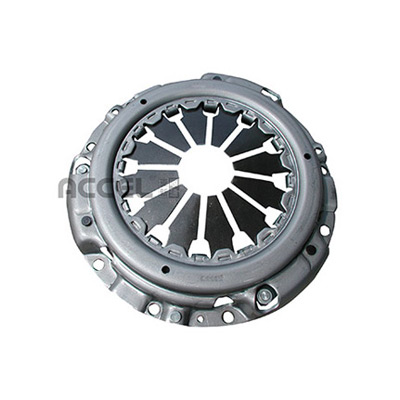How to Use Amalgamating Tape A Comprehensive Guide
Amalgamating tape, also known as self-fusing tape or rubber tape, is an exceptional product with a myriad of applications in various fields such as electrical work, plumbing, and general repairs. Unlike traditional adhesive tapes, amalgamating tape does not have an adhesive backing; instead, it bonds to itself upon contact, forming a solid, waterproof, and durable seal. In this article, we will explore what amalgamating tape is, its uses, and how to properly apply it for maximum effectiveness.
What is Amalgamating Tape?
Amalgamating tape is typically made from a rubber or silicone compound that is designed to be flexible and withstand extreme temperatures and environmental conditions. It can resist UV rays, chemicals, and moisture, making it an ideal choice for outdoor applications. The self-fusing property means that when the tape is stretched and wrapped around an object, it adheres to itself, providing a strong and lasting bond.
Common Uses of Amalgamating Tape
1. Electrical Insulation One of the primary uses of amalgamating tape is in electrical applications. It can be employed to insulate and protect electrical connections, preventing short circuits and ensuring safety. Its waterproof nature also adds an extra layer of protection against moisture.
2. Plumbing Repairs Amalgamating tape can be applied to leaking pipes as a temporary fix until a more permanent solution can be found. Its ability to withstand high pressure makes it suitable for various plumbing repairs.
3. Mechanical Repairs This tape is frequently used to wrap tools, hoses, and wires, providing a non-slip grip and protection against abrasion. It's also useful for bundling cords and cables, keeping them organized and safe from wear and tear.
amalgamating tape how to use

How to Apply Amalgamating Tape
Using amalgamating tape might seem straightforward, but for the best results, it's essential to follow a few key steps
1. Preparation Clean and dry the surface you plan to apply the tape to. Remove any dirt, grease, or old adhesive residue, as this will promote better adhesion and ensure a stronger bond.
2. Starting the Wrap Unroll a section of the tape. It's usually best to start with a tail of about 1 inch that you will not stretch. Press this tail down firmly against the object you are wrapping.
3. Wrapping Technique As you wrap the tape, stretch it slightly but not too much—stretching 50% of its original length is a good rule of thumb. Overlapping the tape by about 50% ensures complete coverage, enhancing the seal's integrity.
4. Finish the Application Once you reach the end of the area you want to cover, cut the tape and press it down firmly to ensure it adheres to itself and maintains a seal. It is also advisable to apply an additional layer if a thicker result is needed.
5. Curing Time Although amalgamating tape bonds tightly upon contact, it's wise to let it cure for a few hours before exposing it to extreme conditions. This ensures that it has formed a solid seal.
Conclusion
Amalgamating tape is a versatile tool that should be part of every handyman's arsenal. Its ease of use, along with its exceptional properties, makes it suitable for a wide variety of applications. Whether you're looking to insulate electrical connections, repair plumbing, or protect outdoor equipment, amalgamating tape provides a reliable solution. With the proper application technique, you can ensure long-lasting results that withstand the test of time and conditions. Remember, when in doubt, always refer to the manufacturer's guidelines for the best practices and compatibility with specific materials.
-
XIANGFAN Rubber Tape-Ultimate Solutions for All Your Insulation NeedsNewsJun.24,2025
-
XIANGFAN Rubber Tape-Protection for Industrial and Residential ApplicationsNewsJun.24,2025
-
XIANGFAN Rubber Tape: Superior Safety and Sealing for Demanding EnvironmentsNewsJun.24,2025
-
XIANGFAN Rubber Tape: Reliable Solutions for Every Electrical ChallengeNewsJun.24,2025
-
XIANGFAN Electrical & Industrial Tape: Powering Reliability Across IndustriesNewsJun.24,2025
-
XIANGFAN Electrical & Industrial Tape: Excellence in Every ApplicationNewsJun.24,2025
